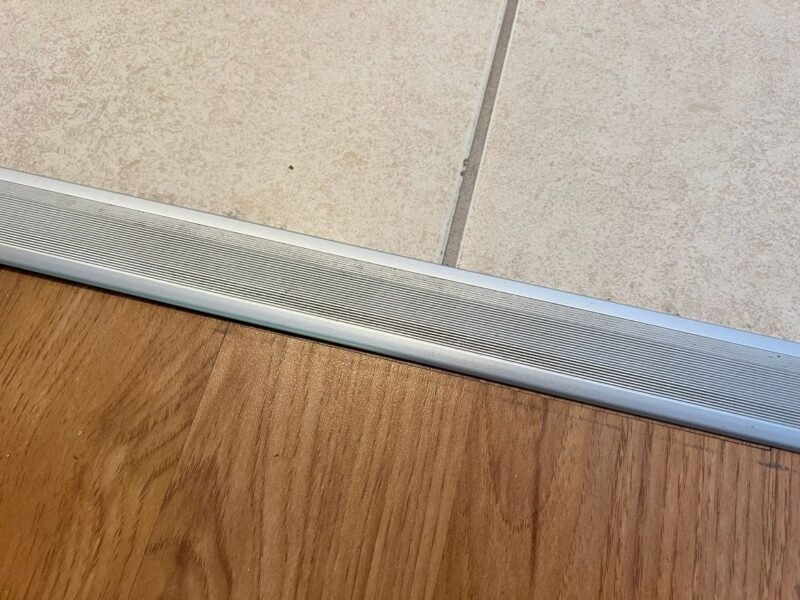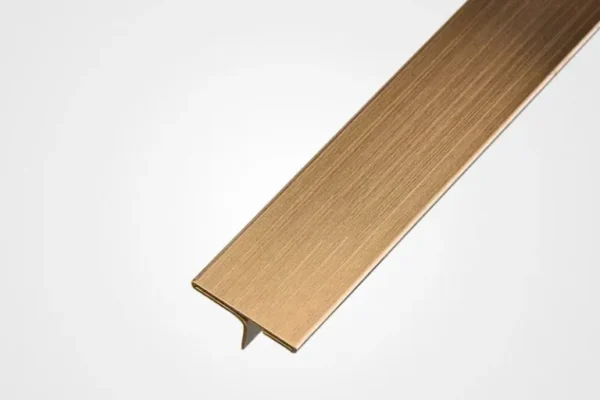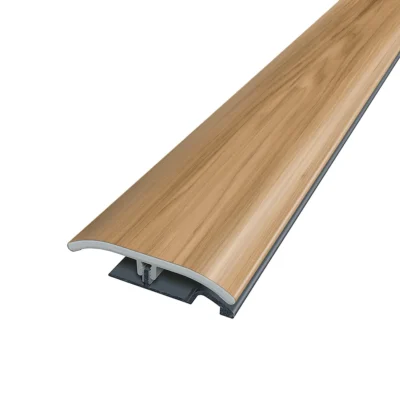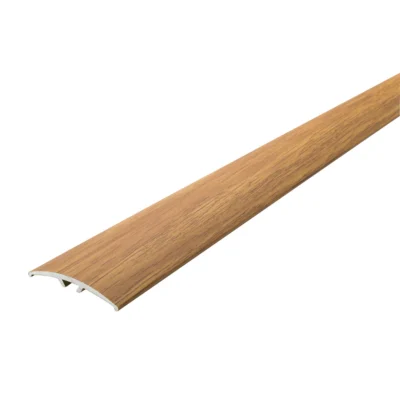What Types of Floor Transition Strips Are There?

Floor transition strips are a must-have for any home renovation, bridging gaps between different flooring materials while adding a touch of professional polish. Whether you're switching from carpet to hardwood or tile to laminate, these versatile pieces ensure a smooth, safe walk without tripping hazards or unsightly edges. In this guide, we'll dive into the essential types of floor transition strips, helping you choose the right one for your space.
Why Floor Transition Strips Matter
Before exploring the varieties, it's worth noting that floor transition strips serve multiple purposes: they cover expansion gaps, protect edges from wear, and create a cohesive aesthetic. Installed correctly, they can elevate the entire room's appearance, making your floors look custom-built. With options in materials like wood, metal, and vinyl, there's a floor transition strip suited to every budget and style.
Key Types of Floor Transition Strips
Understanding the differences starts with knowing the main categories. Each type addresses specific height variations or layout needs, ensuring your transitions feel intentional rather than makeshift.
- Reducer StripsThese are ideal for areas where flooring heights differ by up to 1/2 inch, such as from thicker carpet to thinner hardwood. Reducer strips slope gently to create a flush surface, preventing stubs and snags. They're commonly used in doorways and hallways for everyday traffic.
- T-MoldingsPerfect for even-height floors like laminate to laminate, T-moldings feature a T-shaped profile that sits atop both surfaces. They provide a clean, centered line while allowing for slight expansion. If you're aiming for a minimalist look, T-moldings deliver that sleek divide without overwhelming the design.
- Threshold StripsDesigned for high-traffic entry points, threshold strips offer a flat, sturdy barrier between rooms. They're great for transitions involving tile to vinyl, accommodating minor height differences while adding durability against moisture and dirt. Think of them as the robust guardians of your doorways.
- End Cap StripsWhen one flooring ends abruptly against a vertical surface like a wall or cabinet, end cap strips cap it off neatly. Shaped like a quarter-round but flatter, they hide raw edges and prevent fraying, making them a subtle finisher for room perimeters.
- Multi-Purpose Strips (4-in-1)The ultimate all-rounder, multi-purpose strips come with interchangeable components to handle reducers, T-moldings, thresholds, and end caps in one kit. They're a game-changer for DIYers tackling varied projects, saving time and storage space.



Comparing Floor Transition Strips: A Quick Guide
To make selection easier, here's a side-by-side comparison of these floor transition strips based on common use cases. This table highlights key differences to match your flooring setup.
|
Type |
Best For Height Difference |
Ideal Use Case |
Common Materials |
Durability Level |
|---|---|---|---|---|
|
Reducer Strips |
Up to 1/2 inch |
Carpet to hardwood transitions |
Wood, Vinyl |
Medium |
|
T-Moldings |
Even heights |
Laminate to laminate doorways |
Metal, Wood |
High |
|
Threshold Strips |
Up to 3/8 inch |
Tile to vinyl entries |
Metal, Aluminum |
Very High |
|
End Cap Strips |
No height difference |
Abrupt ends against walls |
Wood, PVC |
Medium |
|
Multi-Purpose Strips |
Variable (up to 1/2 inch) |
Mixed flooring projects |
Vinyl, Metal |
High |
This breakdown shows how each floor transition strip excels in specific scenarios—reducers for slopes, thresholds for toughness, and multi-purpose for flexibility.
Choosing and Installing Your Floor Transition Strips
Selecting the right floor transition strip boils down to measuring height differences and considering foot traffic. For low-traffic areas, wood options add warmth; for kitchens or entries, opt for metal's resilience. Installation is straightforward: clean the surface, apply adhesive or nails, and secure firmly. Most types snap or glue in place within minutes, but always leave a small gap for wood floors to expand.
In high-moisture spots, like bathrooms, prioritize water-resistant floor transition strips to avoid warping. And don't forget aesthetics—match tones for a seamless flow or contrast for bold statements.

Final Thoughts on Floor Transition Strips
Mastering floor transition strips transforms ordinary floors into a unified masterpiece. From reducer strips easing height changes to T-moldings defining spaces, these elements are small but mighty. Next time you're planning a flooring update, stock up on the right floor transition strips—they're the unsung heroes of hassle-free home design.
Our Products
Latest Articles
Get A Free Sample
Try out the products you are interested in and get free samples. See the quality for yourself and let’s start working together right away.
Get In Touch Today
After you fill out the form, We will contact you within 24 hours.
The first objective will be to understand your needs, then develop a business plan together and provide you with the best pricing!
Address
Workshop No. 3 (Self - designated), Sizhong Industrial Zone, Dazhen Community, Dali Town, Nanhai District, Foshan City
Tel
+86 13392243769
+86 13392243769
senmry@vip.163.com







